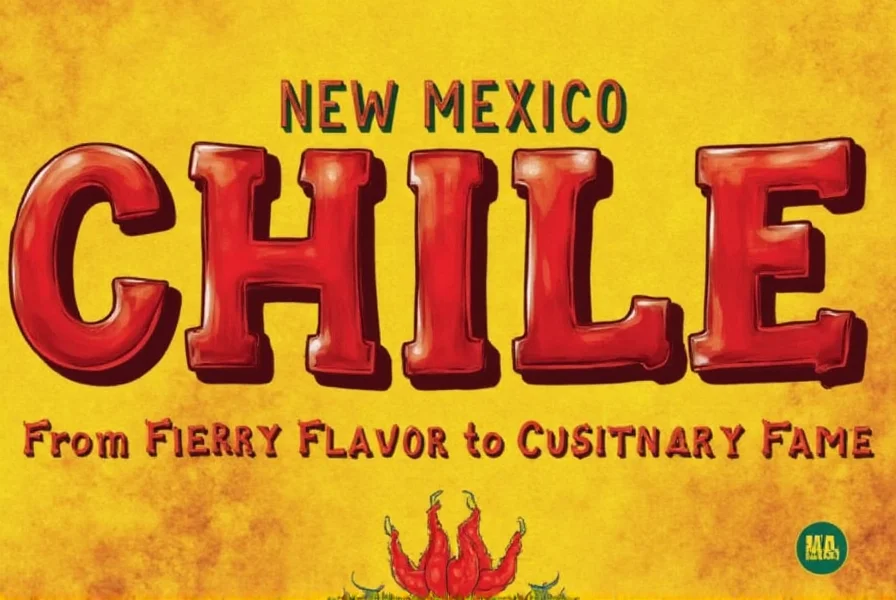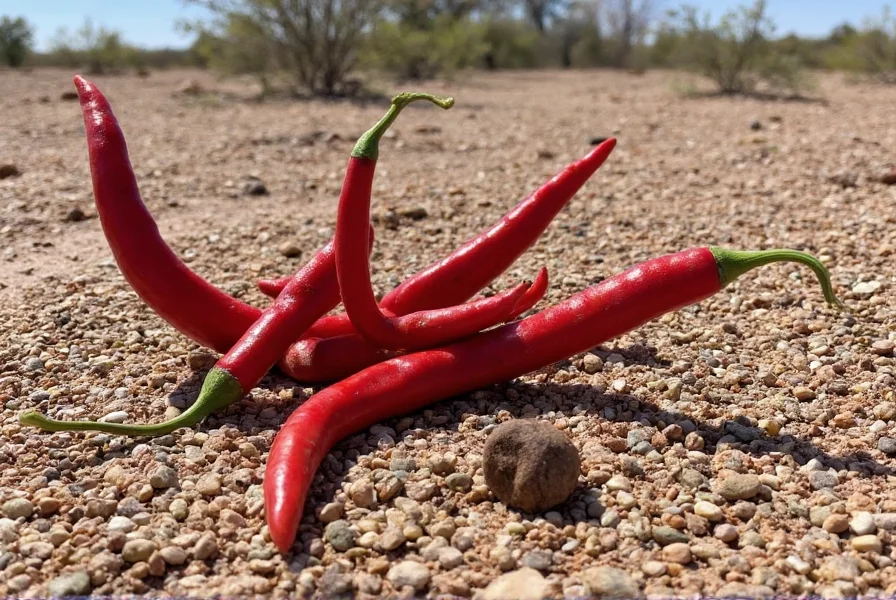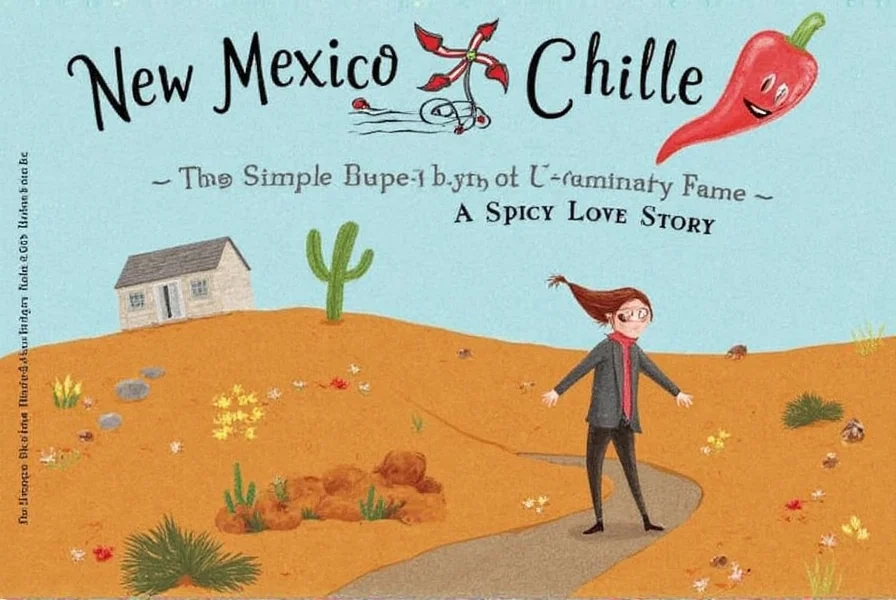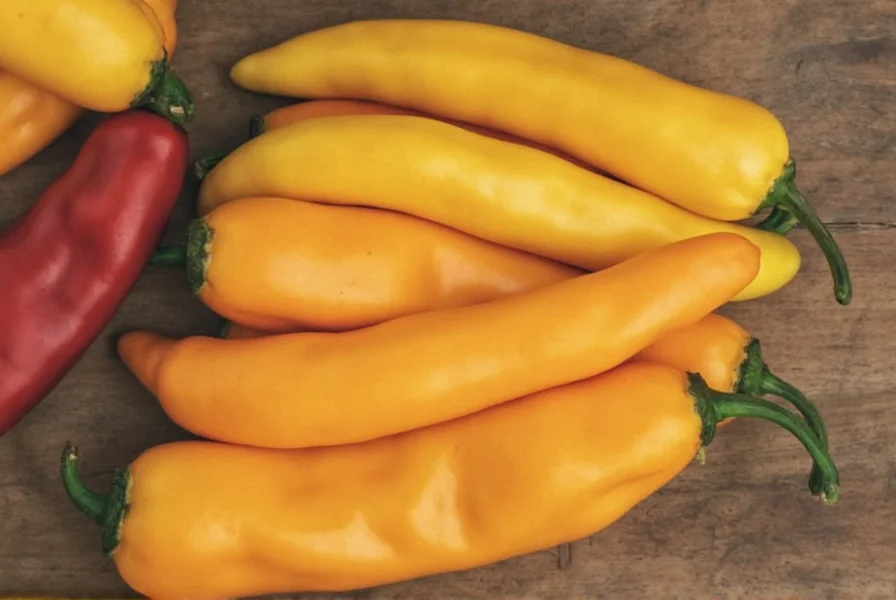New Mexico Chile: From Fiery Flavor to Culinary Fame – A Spicy Love Story
Table of Contents
- Introduction: What Makes New Mexico Chile Special?
- A Taste of History: The Roots of New Mexico Chile
- Red vs. Green: Which One’s Right for You?
- Cooking with New Mexico Chile: Tips & Techniques
- Flavor Pairing Guide: Best Buds for Your Chile
- Buying Guide: How to Choose the Perfect Chile
- Global Spice Traditions: Where Does New Mexico Fit In?
- Conclusion: Heat Up Your Kitchen with New Mexico Chile!
Introduction: What Makes New Mexico Chile Special?
If you're a fan of bold flavors and a little (or a lot of) heat, then you’ve probably crossed paths with the iconic New Mexico chile. This beloved chili pepper isn’t just a spice—it's a cultural symbol, a culinary staple, and a flavor experience like no other.

Grown in the sun-drenched fields of New Mexico, this pepper is known for its complex taste profile—earthy, fruity, slightly sweet, and sometimes seriously spicy. Whether dried and ground into powder or roasted fresh for sauces, New Mexico chile brings depth and fire to any dish it graces.
A Taste of History: The Roots of New Mexico Chile
The story of New Mexico chile starts long before statehood—it begins with the Indigenous peoples of the region. The Pueblo tribes were among the first to cultivate these peppers, using them not only as food but also for medicinal and ceremonial purposes.
When Spanish settlers arrived in the 16th century, they embraced the local chile and helped spread its cultivation across the Southwest. Over time, the New Mexico chile evolved into a unique variety, distinct from its Mexican and Californian cousins thanks to careful breeding and the region’s high desert climate.
| Era | Chile Use | Key Developments |
|---|---|---|
| Pre-1500s | Mixed into stews, used ceremonially | Indigenous cultivation techniques |
| 1500s–1800s | Cooking and preservation | Spanish influence introduces new uses |
| 1900s–Today | Commercial farming, gourmet cuisine | Breeding programs enhance flavor/spice balance |
Fast forward to today, and New Mexico chile is not only a state icon but also a sought-after ingredient by chefs worldwide. In fact, the official state question is “Red or green?”—referring to which version of the chile you prefer on your enchiladas or burritos!
Red vs. Green: Which One’s Right for You?
One of the most fascinating aspects of the New Mexico chile is that you can enjoy it in two very different forms: red and green. Here’s a quick breakdown of what sets them apart:
- Green New Mexico Chile: Younger, freshly picked chiles that are usually roasted. They have a grassier flavor with a bright, vegetal kick. Ideal for salsas, soups, and creamy sauces.
- Red New Mexico Chile: Matured chiles that are left to ripen longer on the plant. They’re sweeter and earthier, often used dried or rehydrated. Perfect for rich mole sauces, stews, and marinades.

Both versions pack varying levels of heat. While some strains are mild enough for kids, others can make even seasoned spice-lovers sweat!
Heat Level Comparison
| Chile Type | Scoville Units | Best For |
|---|---|---|
| Green (Hatch Mild) | 1,000–2,000 | Mild dishes, family meals |
| Green (Hatch Medium) | 2,500–5,000 | Everyday use, salsas |
| Green (Hatch Hot) | 6,000–8,000 | Experienced palates |
| Red (Dried) | 2,000–4,000 | Rubbing meats, making sauces |
Cooking with New Mexico Chile: Tips & Techniques
Whether you’re roasting whole chiles for stuffing or grinding them into powder, knowing how to handle New Mexico chile will elevate your kitchen game. Let’s dive into some tried-and-true methods:
Top 5 Cooking Tips for Using New Mexico Chile
- Roast Before Use: Roasting enhances flavor and makes peeling easier. Simply place over an open flame until blistered, then seal in a bag to steam for 10 minutes.
- Soak Dried Chiles: When working with dried red chiles, soak them in hot water for 20–30 minutes to soften and unlock their deep, smoky flavor.
- Make a Chile Paste: Blend soaked chiles with garlic, cumin, and vinegar for a versatile base to add to soups, sauces, or rubs.
- Use in Baking: Yes, really! Red chile powder can add a surprising warmth to chocolate cakes, brownies, or spiced cookies.
- Pair with Citrus: A squeeze of lime or orange brightens up chile-heavy dishes and balances the richness beautifully.
How to Store Fresh and Dried Chile
| Form | Storage Method | Shelf Life |
|---|---|---|
| Fresh Green Chile | Refrigerate in paper bag | 1–2 weeks |
| Roasted & Peeled Chile | Freeze in airtight bags | 6–12 months |
| Dried Red Chile | Store in cool, dark place | Up to 2 years |
| Ground Chile Powder | Airtight container, away from light | 6–12 months |
Flavor Pairing Guide: Best Buds for Your Chile
New Mexico chile plays well with many ingredients, but certain pairings bring out the best in its flavor profile. Check out this handy guide:
- Pork: Slow-roasted pork with green chile sauce? Yes, please! The fattiness balances the heat perfectly.
- Chocolate: Classic mole sauces use red chile to give dark chocolate a smoky, fiery twist.
- Avocado: Creamy avocado cools down the spice while adding a silky texture.
- Lime: Brightens the overall flavor and cuts through heaviness—perfect for tacos and grilled dishes.
- Beer: Especially lagers or IPAs, which can stand up to the spice and refresh the palate.

Buying Guide: How to Choose the Perfect Chile
Shopping for New Mexico chile can be overwhelming, especially if you’re new to the scene. Here’s your go-to buying guide to help you pick the right type for your needs:
Types of New Mexico Chile Available
| Type | Description | Best Uses | Who It’s For |
|---|---|---|---|
| Hatch Green Chile | Grown specifically in Hatch Valley, NM; available in mild, medium, and hot | Tamales, posole, cheeseburgers | Home cooks and grill enthusiasts |
| Red Ancho Powder | Dried red chile ground into fine powder; milder than raw chile | Dry rubs, baked goods, sauces | Novices and bakers |
| Whole Dried Red Chile | Thick-fleshed and intensely flavored | Stews, moles, soups | Chefs and adventurous home cooks |
| Chopped or Pureed Chile | Convenient, ready-to-use canned or frozen form | Quick meals, casseroles | Busy families and beginners |
Where to Buy
- Farmers’ Markets: Best during late summer when Hatch chile season kicks off.
- Grocery Stores: Look for labeled packages of Hatch or NM-grown chiles in August–October.
- Online Retailers: Many farms offer shipping directly to your door, including pre-roasted options.
Global Spice Traditions: Where Does New Mexico Fit In?
While many countries have their own famous chilies—from Thai bird’s eye to Indian Kashmiri chilies—New Mexico chile holds a special place in global spice culture. Its versatility and regional identity make it a standout in both traditional and modern cuisines.

Unlike the super-hot peppers found in Asia or the Caribbean, New Mexico chile offers a balanced blend of heat and flavor. It bridges the gap between mild comfort food and adventurous eating, appealing to a wide range of tastes.
Conclusion: Heat Up Your Kitchen with New Mexico Chile!
From its storied past to its starring role in contemporary kitchens, New Mexico chile is more than just a spice—it’s a culinary legacy. Whether you roast it, grind it, or toss it into a stew, this chile brings depth, drama, and deliciousness to every bite.
So next time someone asks, “Red or green?” you’ll know exactly what to say—and how to cook with it like a pro. Get roasting, grinding, and simmering, and let the spirit of New Mexico ignite your next meal!











 浙公网安备
33010002000092号
浙公网安备
33010002000092号 浙B2-20120091-4
浙B2-20120091-4